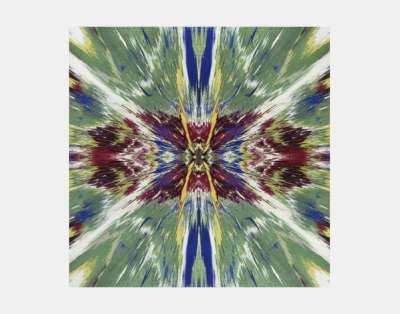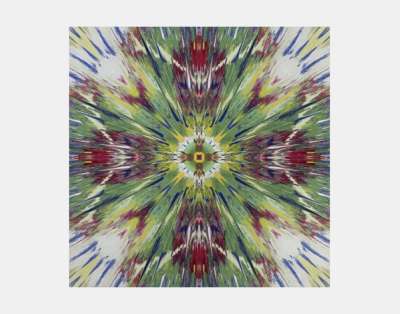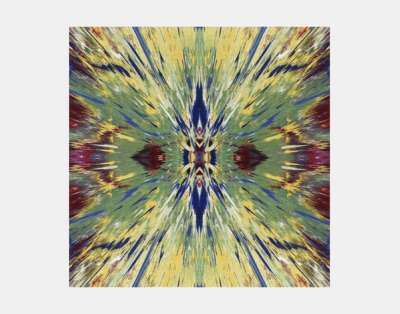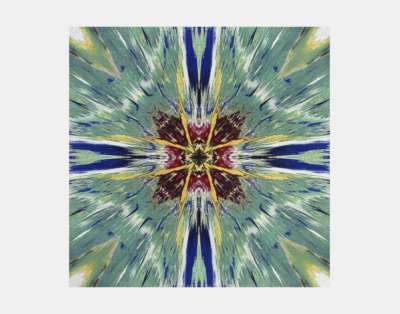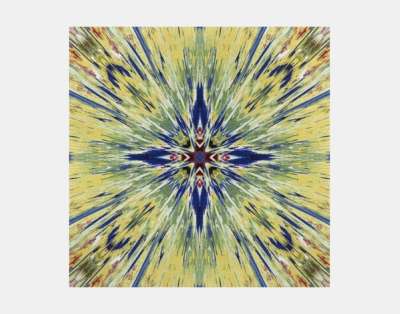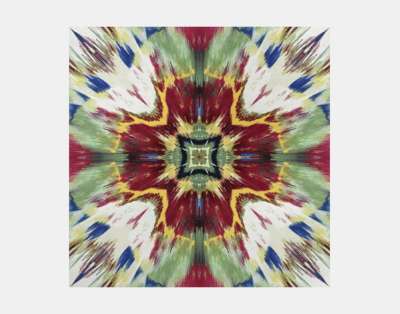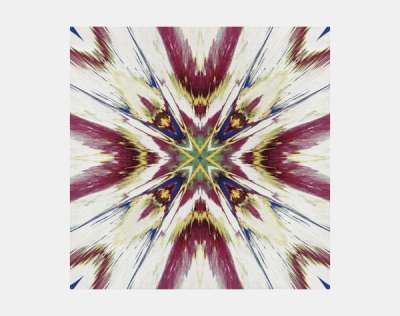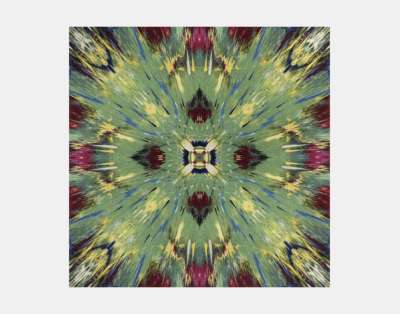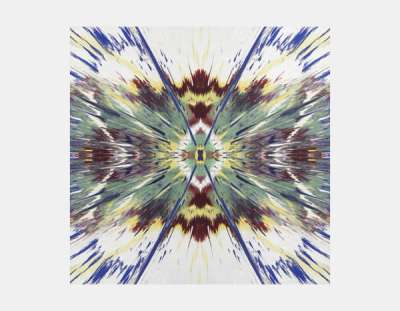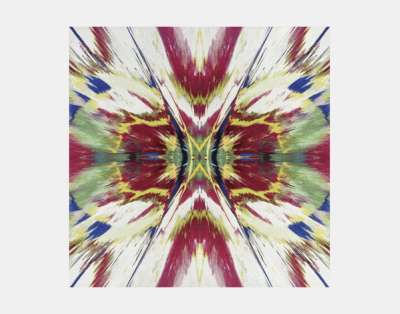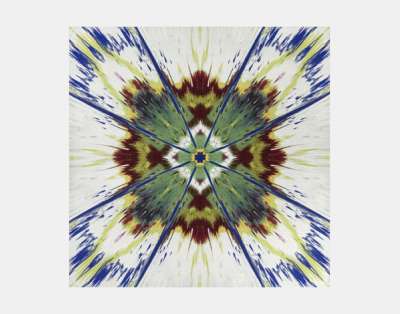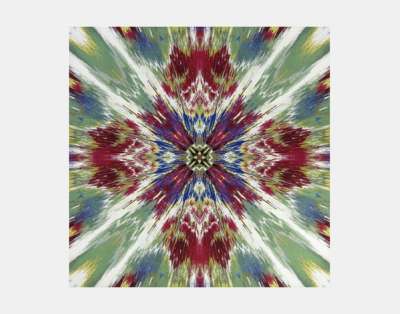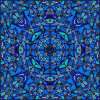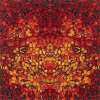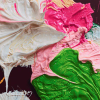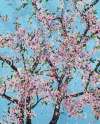H1
Enter The Infinite
Damien Hirst’s 2016 H1 Enter the Infinite is a suite of 12 tapestries, each a square, kaleidoscopic composition of red, blue, green and yellow. The series and individual print titles are evocative of Hirst’s transcendental theme; names including ‘Revelation’, and ‘Dream’ mirror the meditative quality of these abstract tapestries.
Damien Hirst H1 Enter The Infinite For sale
H1 Enter The Infinite Market value
Auction Results
| Artwork | Auction Date | Auction House | Return to Seller | Hammer Price | Buyer Paid |
|---|---|---|---|---|---|
 H1-3 Enter The Infinite - Supernatural Damien Hirst Tapestry | 25 Oct 2024 | Phillips London | £25,500 | £30,000 | £45,000 |
 H1-11 Enter The Infinite - Prophecy Damien Hirst Tapestry | 1 Feb 2024 | Phillips London | £29,750 | £35,000 | £50,000 |
Sell Your Art
with Us
with Us
Join Our Network of Collectors. Buy, Sell and Track Demand
Meaning & Analysis
Damien Hirst’s hypnotic tapestries, Enter the Infinite, come in a limited edition set of 20 works, composed of rich kaleidoscopic patterns. Made in 2016, the collection of tapestries come in a limited edition size of 20 and each square tapestry shows a captivating pattern composed of red, blue, green and yellow thread. The kaleidoscope patterns are characterised by symmetry and precision. The designs spool out from the centre of the composition which imbues the prints with a dynamic sense of motion.
